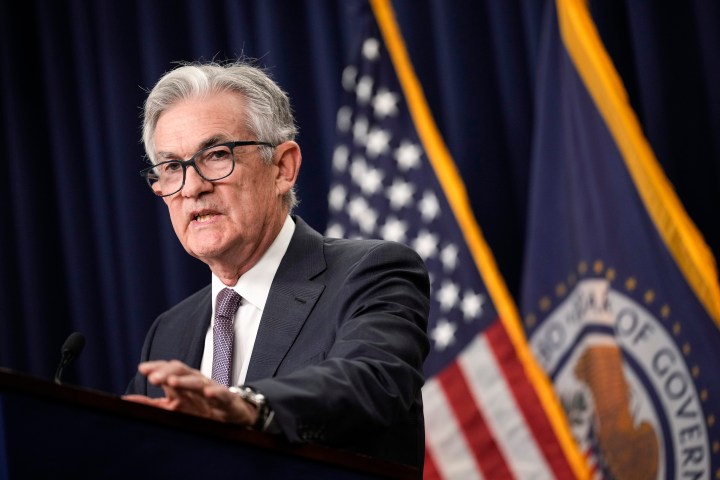
How much should interest rates keep rising? Fed officials now disagree
Share Now on:
How much should interest rates keep rising? Fed officials now disagree

Federal Reserve officials acted pretty much in lockstep last year as they kept voting to raise interest rates in an effort to cool off the economy and douse inflation.
But some cracks are appearing in that united front as the Fed prepares for another interest-rate meeting next week. There are disagreements over the direction of the economy — and how the Fed should respond.
The Fed’s debate over how high interest rates should go at its next meeting spilled out in public last week. Two regional Fed bank presidents argued for a 0.5% increase like the one in December. Several others said they would vote for a smaller 0.25% rate hike.
In her own speech last Thursday, Fed Vice Chair Lael Brainard acknowledged there are a “range of views” on some aspects of inflation. But she stressed the central bank isn’t letting up.
“Inflation remains high and policy is going to need to remain sufficiently restrictive for some time to make sure it gets down to 2% for a sustained basis,” Brainard said. Brainard did not say how much she thinks the central bank should raise rates at its next meeting.
Fed watchers like former Fed Economist Ken Kuttner are trying to make sense of it all. Kuttner, who worked at the Fed for more than ten years, said, “I cannot recall a time when we have seen such wide disagreement in terms of the appropriate monetary policy setting.”
At last month’s meeting, the Fed released officials’ predictions for where interest rates are headed over the next few years. Kuttner said they range from almost 3% to more than 5%.
“A two percentage point spread in terms of what people feel would be the appropriate policy setting — that’s big,” he said
But it’s perfectly normal to have disagreement now, said another former Fed economist, Ann Owen. The central bank is at a turning point, deciding when to stop pushing up interest rates and how long to keep them elevated.
“People are assessing the same conditions slightly differently and I think that’s a completely normal thing to happen at this kind of turning point,” Owen said.
Interest rate decisions could get even tougher for Fed officials, said Derek Tang, an economist at LH Meyer. He also thinks disagreement is healthy.
But if the economy starts to stall and inflation is still above the central bank’s two percent target, Tang said officials will have to ask themselves, “Is it really worth slowing down the economy more to get inflation back down to that 2% level when the labor market is starting to weaken and you might put people out of work?”
Tang said the Fed will have to decide how to balance keeping inflation running at 2% with full employment, meaning everyone who wants a job gets one. The debate over that could be even more intense.
There’s a lot happening in the world. Through it all, Marketplace is here for you.
You rely on Marketplace to break down the world’s events and tell you how it affects you in a fact-based, approachable way. We rely on your financial support to keep making that possible.
Your donation today powers the independent journalism that you rely on. For just $5/month, you can help sustain Marketplace so we can keep reporting on the things that matter to you.

















